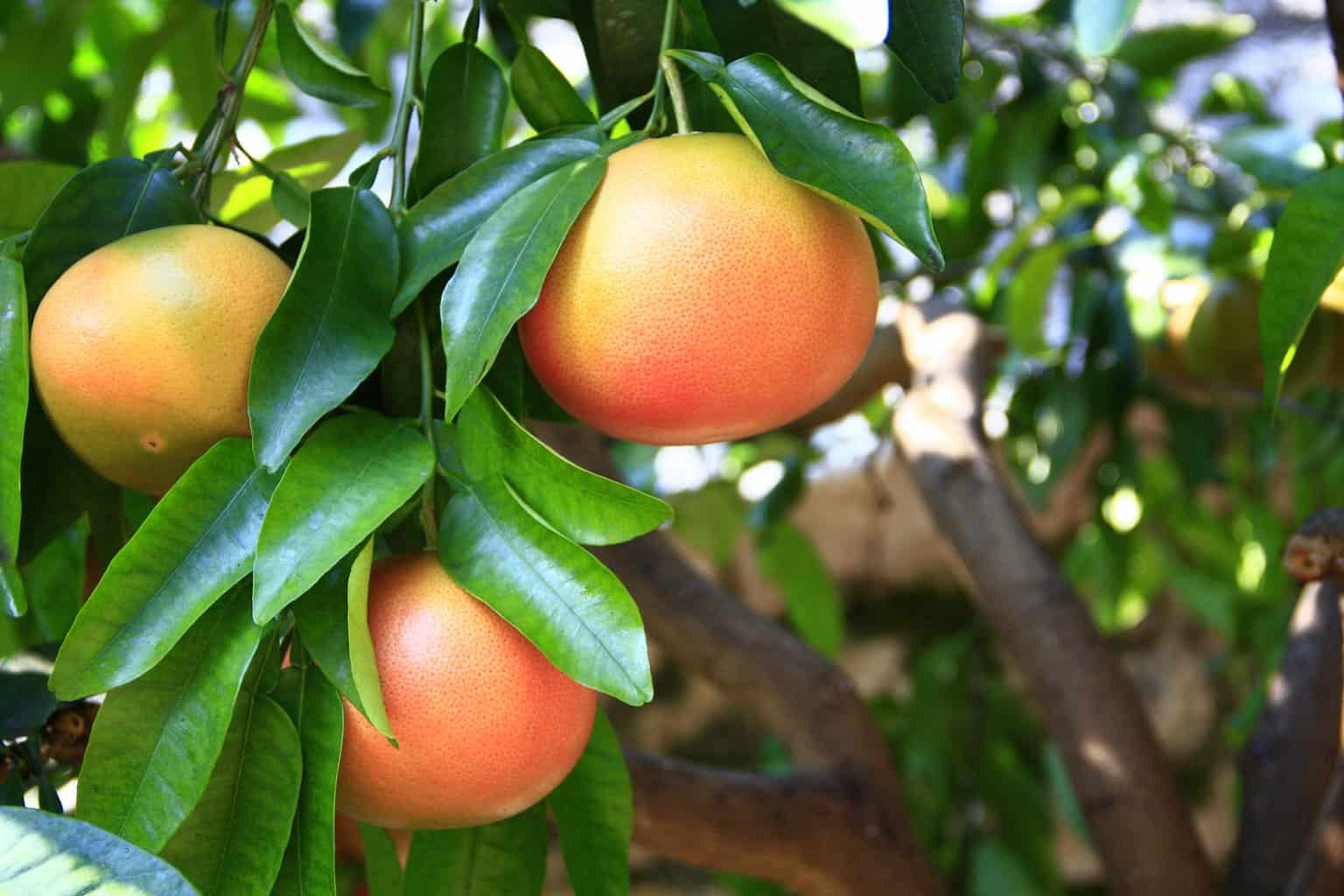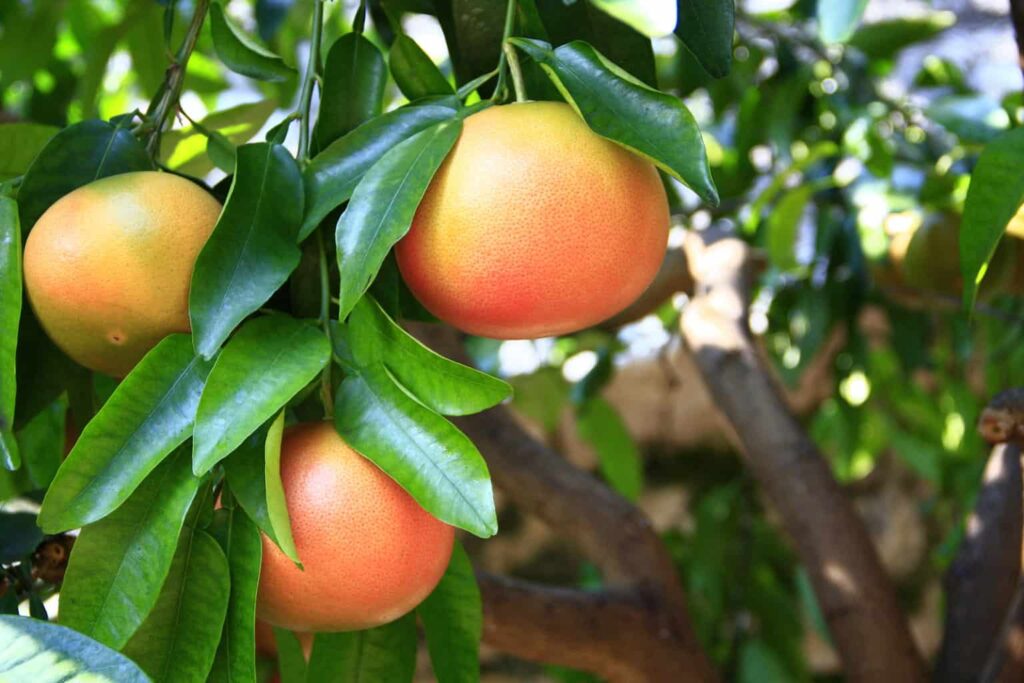Feeding backyard wild birds can be a little bit addictive.
You start with a feeder here and a feeder there, and soon enough, you’re adding tons of new feeders and trying out all kinds of interesting birdseed options and other treats.
One of the things that you may not know about as an option is a grapefruit. Birds really enjoy grapefruit, and it is a healthy, safe addition to their diet!
Health Benefits of Grapefruit
Grapefruit is healthy for humans, right? What about birds?
The nutrients, vitamins, minerals, and antioxidants in grapefruit that help humans are good for birds, too. Even though birds and humans have very different dietary needs, some things are healthy for just about everything on the planet.
Grapefruit is low in calories, very high in Vitamin C, and relatively high in Vitamin A. It also includes Potassium, Thiamine, Folate, and Magnesium.
How Does Grapefruit Benefit Birds?
A bird’s diet varies from species to species, but these vitamins and minerals are always going to be beneficial. Some birds eat a very fruit-rich diet, to begin with, while others prefer to almost exclusively eat bugs, nectar, or seeds.
The good news is that birds are pretty intuitive in their eating habits. If something isn’t good for them, they likely won’t touch it.
Even baby birds have the protection of only eating what their parents provide to them.
Is Grapefruit Poisonous to Birds?
Grapefruit does not have any poisonous properties.
Like anything else that you offer to birds, however, you should avoid offering grapefruit that is moldy. If you are offering the fruit rinds of the grapefruit, you should wash the whole thing to ensure that you are not providing something that has been treated with pesticides.
Can Birds Eat Red Grapefruit? What About Yellow Grapefruit?
There are two main varieties of grapefruit: red and yellow.
Red grapefruit tastes sweeter than yellow grapefruit, even though the sugar content is comparable. The biggest thing that differentiates these two citrus fruits in terms of nutrition is that red grapefruit has a much higher concentration of Vitamin A than yellow grapefruit.
There is no reason to avoid giving either variety to your backyard birds. Red and yellow grapefruits are both safe, healthy, and nutritious for birds.
Do Birds Like Grapefruit Peels?

Have you ever used a recipe to turn your grapefruit peels into a tasty snack? Some people love the taste of a candied grapefruit peel!
A grapefruit peel is generally fine for birds to eat, and it offers a lot of dietary fiber.
Having said that, because grapefruits are often treated with pesticides in the farming process, I highly recommend washing the peel before offering it to the birds.
How to Prepare Grapefruit for the Wild Birds in Your Yard
Grapefruit can be offered in a number of ways.
You can slice the grapefruit and offer it to the birds on a skewer or dish. Oriole feeders often have skewers for oranges; you could re-purpose an oriole feeder to offer grapefruit if you want!
You could also section the grapefruit and just put out the chunks of fruit themselves, and not the peel. You could discard the peel, candy it as a snack for your family, or put it in a compost bin.
Some people just chop up the whole grapefruit, peel, and all, and put it on a dish near their other bird feeders. I’ve even seen people leave grapefruit out on the picnic or patio table to see who comes by to have a snack.
Keep in mind that leaving out unsupervised food for birds overnight may attract wild animals like raccoons, opossums, and skunks, which can be a nuisance.
Making a Grapefruit Feeder
I love the idea of this fun little grapefruit bird feeder craft! I hope to have my kids make one of these next time summer.
All you need is half of a grapefruit, three pieces of yarn, and something sharp to make some holes in the grapefruit peel.
Here are the step-by-step instructions:
- Cut the grapefruit in half and eat it! Yum!
- Drain the remaining liquid from the peel. You now have a half-sphere “dish” made from a grapefruit half.
- Poke three holes with a skewer (or a knife–but be careful!), evenly spaced, about an inch from the top of the peel.
- Take three pieces of yarn or string. Each hole gets a piece of string run through it and tied off.
- After they are secured, hold all three strings together in one hand so that they meet above the rind that now dangles below.
- Knot the three strings together.
- Fill the feeder with birdseed and hang it in a tree or from a feeder pole.
Easy as that! You now have a cute, natural birdfeeder. The birds will be drawn to the sweetness that is left in the grapefruit, as well as the birdseed you put out for them.
What to Avoid When Feeding Backyard Birds
When you’re feeding your backyard birds, there are a few things to avoid.
- Don’t give birds chocolate, which can be toxic to many bird species.
- Avoid offering bread, because it is nutritionally empty for birds. It also can get moldy and make birds sick.
- Use caution when offering table scraps to birds, because you may not know about an ingredient that is bad for birds. You also don’t want to end up attracting rats, mice, raccoons, or other problem wildlife.
Enjoy Feeding Grapefruit to the Birds in Your Backyard
Grapefruit is a safe, healthy treat for countless backyard birds.
It provides vitamins, minerals, and even hydration without going overboard on sugars. Some birds probably won’t be interested in the grapefruit, but birds that have a varied diet that includes fruit will probably love it!
Grapefruit may not be an essential part of a bird’s proper diet, but it can certainly contribute to the health of your birds. Plus, it’s fun to watch birds arrive for a tasty, sweet treat!
They say that variety is the spice of life, and sometimes it seems like birds think so, too. Perhaps that is why they enjoy visiting yards that offer new and interesting foods, rather than just ordinary birdseed or suet!

